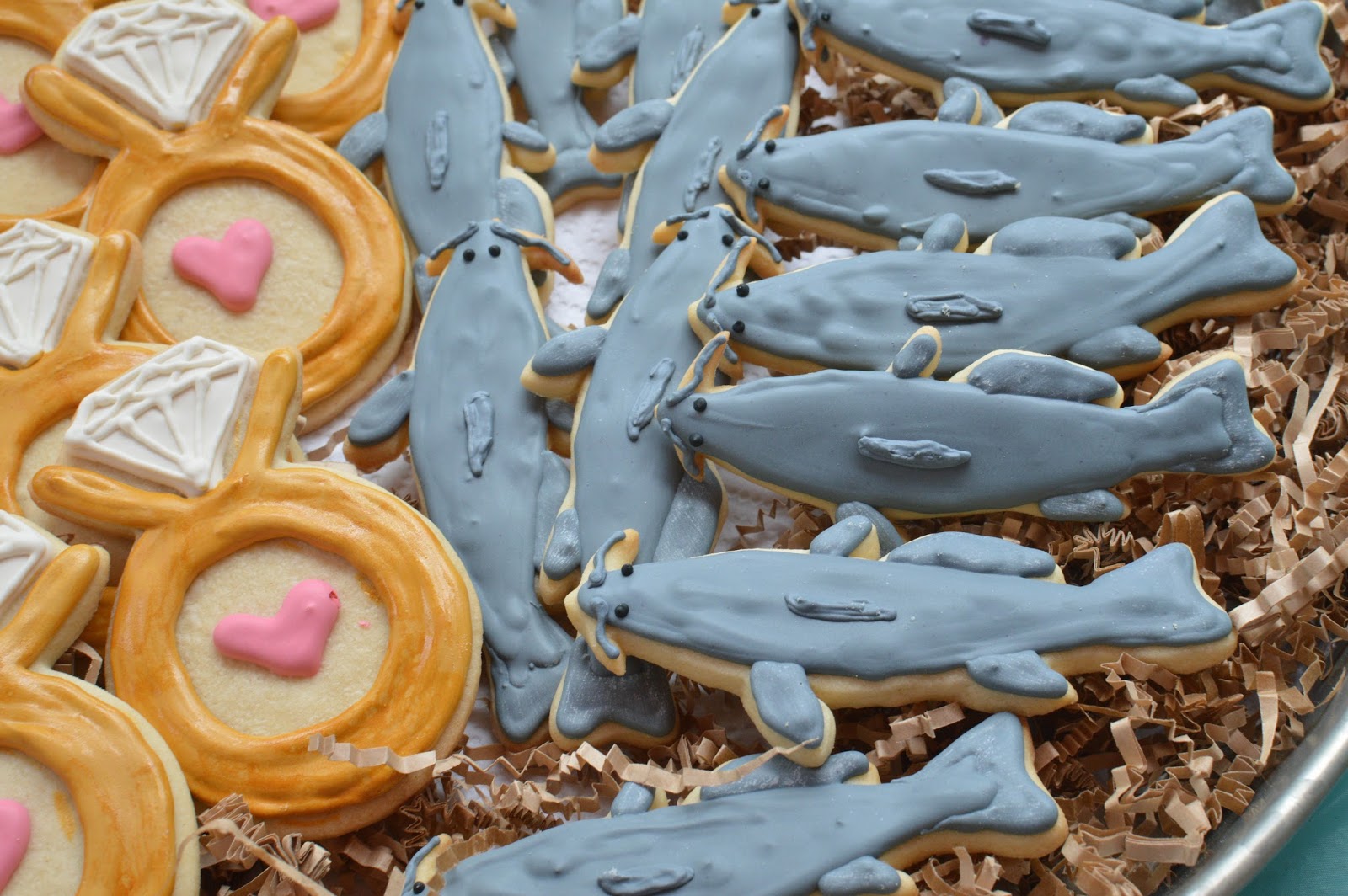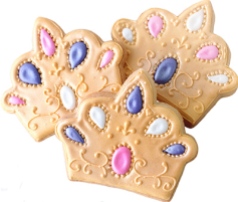You are currently browsing the category archive for the ‘Catfish’ category.

Happy Winter Solstice! I am sorry about 2022. I meant to blog more, and answer everyone’s comments, and write a consolidated treatise defending liberalism against the neo-fascists who are everywhere, and post my new monastic orchid illuminations, etc., etc., etc. Alas, not everything got done the way I wanted and now it is the darkest night of the year (the real end of the year, in my book, although I guess there is a week or so of Saturnalia before 2023 truly gets here according to the calendar).

We will work on all of this next year (and much more besides) but before sending the year off, I wanted to share some pictures of my sacred tree of life (an annual tradition). Look! it has even more cephalopods, turkeys, waterfowl, and ancient mammals (plus all of the animals I could get my hands on from every other branch of the great zoological family tree too).
My flounder art (sigh) was about trying to reposition the natural world at the center of what humans find sacred: the religions of Abraham treat the natural world as contemptible–and we are all suffering because of it. Sadly, the fish gods I made did not grab people’s attentions despite their portentous deep-sea secrets. However a few holiday guests have stared at the holiday tree of life for a looooong time before brushing away some tears–so perhaps it actually does get the point across to some degree.

And of course, I saved the best thing for last! My late feline life companion, Sepia (wipes away a few tears of my own) did not enjoy the public eye and so I did not put her in my blog. My present housecat, Sumi Cat, feels much differently and likes to be the constant center of attention. Here are some pictures of her loving little face to help you stave off the primordial darkness (although, ironically, black cats are always hard to photograph and doubly so on the darkest night of the year). Sumi and I hope that you are safe and warm and happy this holiday season! May your dreams come true and may the great tree of life always bloom with fulsome new growth!

We will talk again before 2023, but for now, season’s greetings and good (longest) night!


I realized that it has been a while since Ferrebeekeeper featured a catfish post so I fired up Firefox and set out to remedy the omission, and, in my search for thrilling catfish themed material to share with you, I accidentally stumbled onto these amazing Russian flags. Now, it is worth mentioning, that some of the most negative feedback Ferrebeekeeper has received over the years has involved flags (the commenter thought that the symbolism and history of national flags was tedious and repetitive). Additionally, due to current events, Russia is not exactly experiencing a worldwide rash of goodwill. Nonetheless, I think you will agree that both of these flags are marvels of the vexillographist’s art! I have placed the catfish flag at the top so you understand how I got here, however the flag below is my favorite. Does that woolly mammoth have a gold tusk? Also look at how tough both of these creatures look. This inspires me to write future posts about both the wels catfish (top flag) and the woolly mammoth (bottom flag). Keep your eyes peeled for those. Where this post falters somewhat is in explaining what these flags symbolize (and describing the places they are from). An honest answer is: I don’t know and it is too hard to find out at 11 PM on Thursday night. But be honest: if I told you a bunch of numbers about Ust-Yansky, which is about three times the size of Pennsylvania, but with a total population that could fit on a single Staten Island Ferry, would you be fascinated or would your eyes glaze over? Be honest. This gold-toothed Russian mammoth is watching you very closely.

As we get closer to Halloween, you are probably asking yourself “are there any black and orange catfish?” It is a great question, and there are indeed lots of black and orange catfish species (depending somewhat on how you define black or orange and on the color/pattern/age/health of the individual catfish in question).

One definitive answer however can be found in the friendliest and most adorable genus of catfish the adorable Corydoruses (which are the subject of some of Ferrebeekeeper’s fondest and saddest aquarium memories). Anyway, Corydoras catfish are noteworthy for their tiny size, sociability, schooling instinct, and endearing features. Perhaps the most popular species of Corydoras catfish is Corydoras aeneus, “the bronze corydoras” a dish which reproduces easily in aquariums and is thus sold in vast quantities for the pet trade. A mild mannered generalist of robust health and easy-going nature, Corydoras aeneus has everything that a hobbyist could want…except for bright colors. In the wild the fish is a sort of demure brownish green with translucent gray edges.


Since Corydoras aeneus reproduces so readily in captivity, however, catfish fanciers have started to select for brighter colors, and thus we have Corydoras aeneus “Venezuela” a domesticated breed of tiny tropical catfish which is black and orange so as to make it more appealing as an ornamental fish. If the fact that there are people who spend their lives working on selectively breeding fish to be flashy shade of orange and black is shocking to you, I will have to introduce you to goldfish!
Thank you to everyone who played our celebratory contest! I hope you had fun looking at the images and thinking about what they are or where they are. We will quickly go through the correct answers–or at least we will list my best understanding of what is correct. At the end I will announce the proud winner of these exquisite mint-condition Zoomorphs toys and we can start to fumble towards the logistics of getting you your toys, hooftales…er I mean “mysterious contest winner”.

Wherever possible, I have linked back to original articles and posts, so, if you have a moment and are curious about these strange places and things, why not click all of the links and continue voyaging through vast realms of life, time, and art!
OK, here we go with the answers:
THINGS:
1.

A Song Dynasty (or ‘Sung” Dynasty…if that is how you Anglicize 宋) ewer not wholly unlike this one or these later Mongol ewers.
2.

A parasitoid fairy wasp (Mymaridae family) upon a human hand
3.

A Melo Pearl, the world’s rarest and most expensive type of pearl!
4.

Whoah! It’s an ancient Visigoth votive crown from the fabled treasure of Guarrazar!
5.

A Chiton, the armored mollusk
6.

Aww! It’s an adorable school of tiny little glass catfish.
7.

Roses, tulips, irises and other flowers in a wicker basket, with fruit and insects on a ledge (Balthasar van der Ast, ca 1614-1619) oil on panel. (Here is a Ferrebeekeeper post about Van der Ast).
8.

The Cap of Monomach, a treasure of the early tsars. I still think Putin wears it sometimes. Hell, he’s probably wearing it right now!
9.

It is the brain of an Etruscan shrew, arguably the smallest mammal. The arrows point to the trigeminal nerve (black arrows) and optic nerve (blue arrows).
10.

Hahahaha! These are Polish chicken chicks. Look at that expression! The poor li’l guy does look a bit down.
11.

A lituus, a mysterious Roman divination device.
12.

The underworld deity Xolotl, the scrofulous salamander deity of Aztec mythology’s weird death realm.
13.

The “Borghese Vase” a colossal Ancient Roman Urn which was one of the treasures of the Garden of Sallust
PLACES:
1.

The Faroe Islands (Photo by Tom Glancz)
2.
A Masai giraffe walking by Lake Manyara Tanzania
3.

Standard Poodles in the Ohio Valley
4.

5.

A welwitschia plant in the Namib Desert
6.

The Giant Wild Goose Pagoda of Xi’an, Shaanxi. I need to write a post about this one in the future!
7.
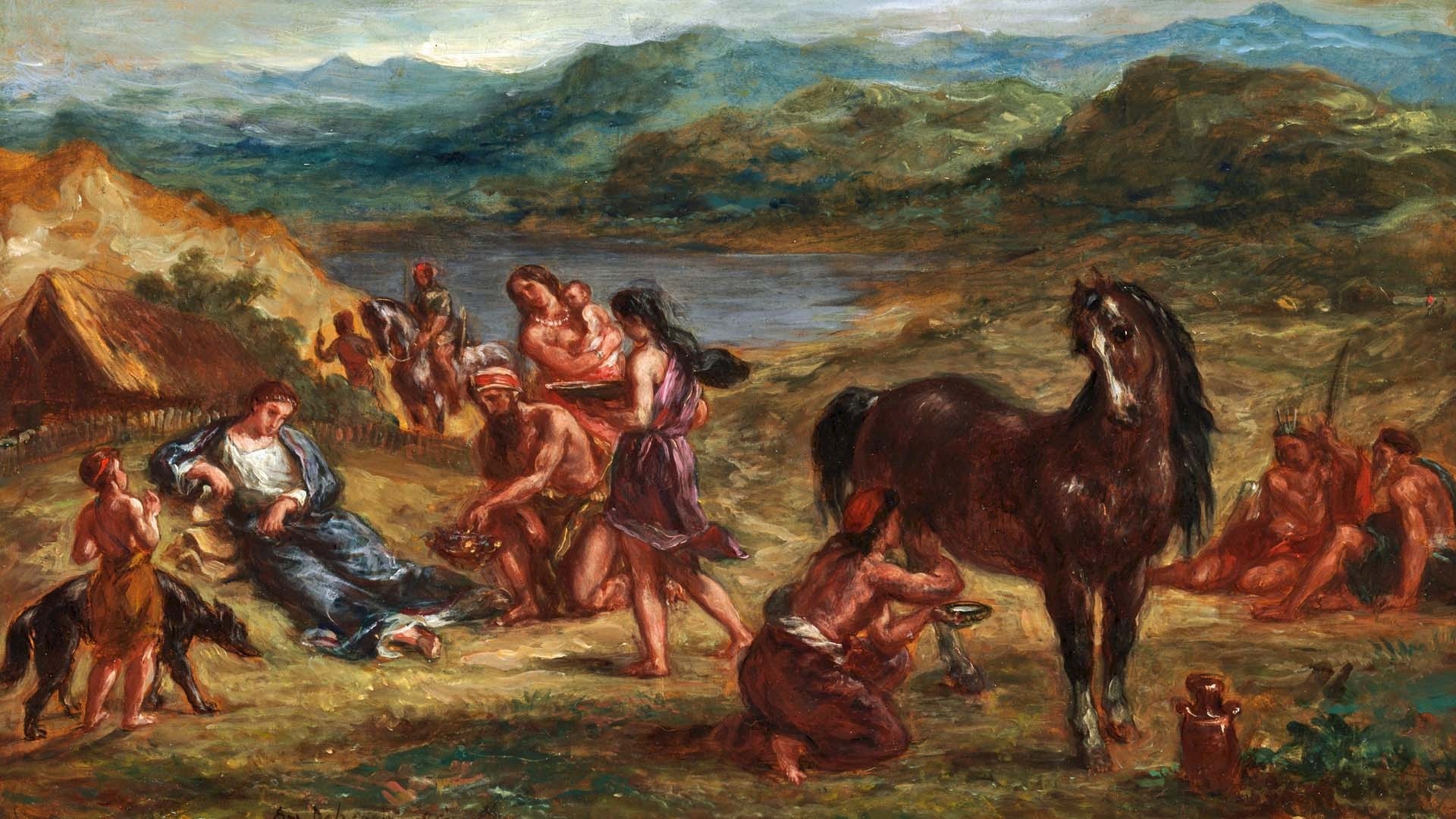
Ovid Among the Scythians (Eugène Delacroix, 1862) Oil on Canvas
I find it strange that this fantasy piece about Scythians (and poets) was painted during the American Civil War.
8.
Dar es-Salaam, Tanzania
9.
The world’s largest potash fertilizer plant at Lop Nur, China
10.
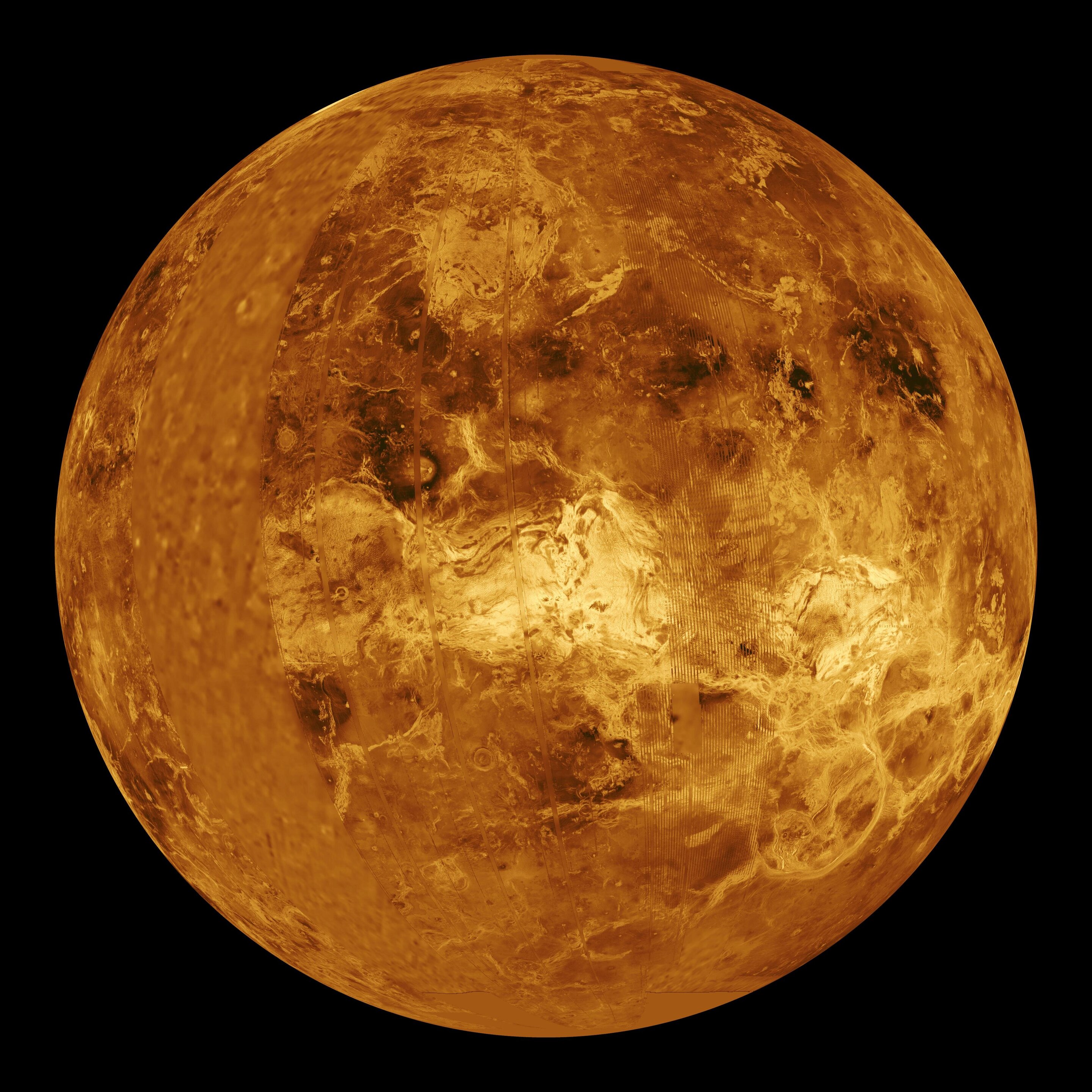
The Planet Venus, sans clouds. Sigh…someday…
11.

The Armenian cemetery in Julfa, Azerbaijan…desecrated and bulldozed in the 1990s
12.
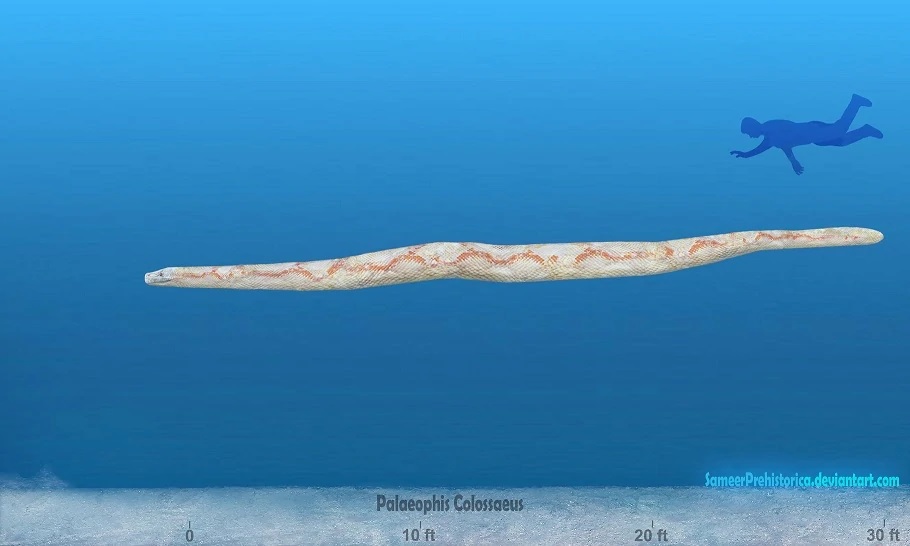
A colossal snake swimming in the Trans-Saharan Seaway of Mali during the Eocene
13.

The Site of Eridu, humankind’s first known city.

I can’t believe how well our contestants did! I am not sure I could have identified any of these…and I have written about most of them! There were a few humorous stray answers, but even the answers which weren’t a hundred percent right were still clever and well thought out. Our Ferrebeekeeper mental Olympics thus ends with the following champions:
Gold: hooftales
Silver: Vicki
Bronze: eekee
Everyone is a winner (although Hooftales gets the zoomorphs and the national anthem of the hooftales homeland is currently playing as we wipe away proud tears). I enjoyed putting this together and revisiting these concepts! Should we do another one at some point? Should the images be harder or easier or what? Talk to me below (Hooftales, we will figure out how to get you your prize) and thanks again for playing and, above all, for reading!
Today we feature something completely new for Ferrebeekeeper–a contest! This challenge will test your acumen, breadth of knowledge, and grasp of cultural and biological material. And this is not just for bragging rights (although those are certainly to be had); there is an actual prize–a good one. Hopefully this contest will also simulate the joys of travel and the delight of discovery in this sad & locked-down era.
Here are the rules: below are 13 images of things and 13 images of places. Whoever is first to identify these images most correctly will win the prize–an original, unopened mint-condition box of “Safarimorphs” mix-and-match animal toys which I made when I was a foolish young person who believed that success could be had in America without selling out to a huge monopolistic corporation an entrepreneur. Zoomorphs the company died a hideous death…but not because the toys lacked quality. Even to this day, strangers still hunt me down on the internet trying to find if there are any toys left. [Sean Connery voice] This is one of the very last boxes in existence so think carefully about your answers!

Unfortunately there are some problems with web contests, like Google’s search-by-means-of-image feature (which is for losers, but will probably work). Worst of all, I can’t imagine where to put the answers (my email sometimes plays havoc with unknown incoming messages) so we are going to have to put them in the comments below. If you don’t see your answers at first, don’t worry, I will approve them in the order they come in (assuming you don’t cuss TOO much), but it does mean that other contestants can see your answers too, so consider carefully before posting! Also, there could be multiple right answers–a featureless arid plain could be “The silk road”, or “Kazakhstan” or “a desert” or “The Northern Hemisphere” all of which are right, but some of which are more right. Our highly qualified and morally unimpeachable judges will determine the MOST right answers by means of secret deliberation to which there is no appeal.
The contest ends next Tuesday when I will announce the winner and give my own answers. The number refers to the image immediately below it. Good luck and thank you for playing (and thank you even more for reading). Speaking of reading, there are some hints for a lot of these in Ferrebeekeeper…somewhere in those 2000 posts before last week, so maybe you should browse the archives. OK! Here are the images:
THINGS:
1.

2.

3.

4.

5.

6.

7.

8.

9.

10.

11.

12.

13.

PLACES:
1.

2.
3.

4.

5.

6.

7.

8.
9.
10.

11.

12.

13.

You probably know them all already…but at least the images look quite strange and impressive with this white box gallery format. Post you answers below and good luck! Let me know if you have questions and thank you so much for everything.

Africa’s Congo River is the 10th longest river on Earth, but it is the world’s second greatest river by volume of water discharged. In the final 300 kilometer (200 mile) span before the river empties into the Atlantic Ocean, the Congo is a deeply weird river…in that it is weirdly deep. Portions of the Lower Congo have a depth of 220 meters (720 feet) which makes the Congo the world’s deepest river (chasmic freshwater locations are evidently a fascination here at Ferrebeekeeper). The bottom of the Lower Congo is not a serene place either, but is a dark world of treacherous currents, strange eddies, underwater waterfalls, and whirlpools.

Although these depths do not sound like the ideal place for, say, opening a sandwich shop, they are ideal for expediting the speciation of fish. The Lower Congo has over 300 species of fish (and the number is growing as adventuresome ichthyologists study the native fish more closely…and as the river creates new varieties of fish). The fast currents act like mountain ranges do on land, separating genetic pools of certain species so that they evolve in different directions. This had led to some truly strange species such as the Gymnallabes nops (an air breathing catfish which is giving up on the scary river and crawling off into the moist leaves of the jungle), all sorts of exquisite elephant fish (Mormyridae) electrical fish which read the substrate with sensitive trunk like “noses”, upside-down polka-dotted squeaking catfish (which sounds like a rockabilly lyric), and, maybe best of all, Lamprologus lethops, a blind white cichlid of the chaotic depths which dies of decompression sickness when jerked up to the river’s surface. When seen by Congolese fishermen, this cichlid is a bony blob of quivering pale agony gasping from a bony mouth. This has led to the local folk calling it “Mondeli bureau” which means “white guy in an office” (an allusion to how they (correctly) imagine westerners look and feel in our miserable & pointless dayjobs).
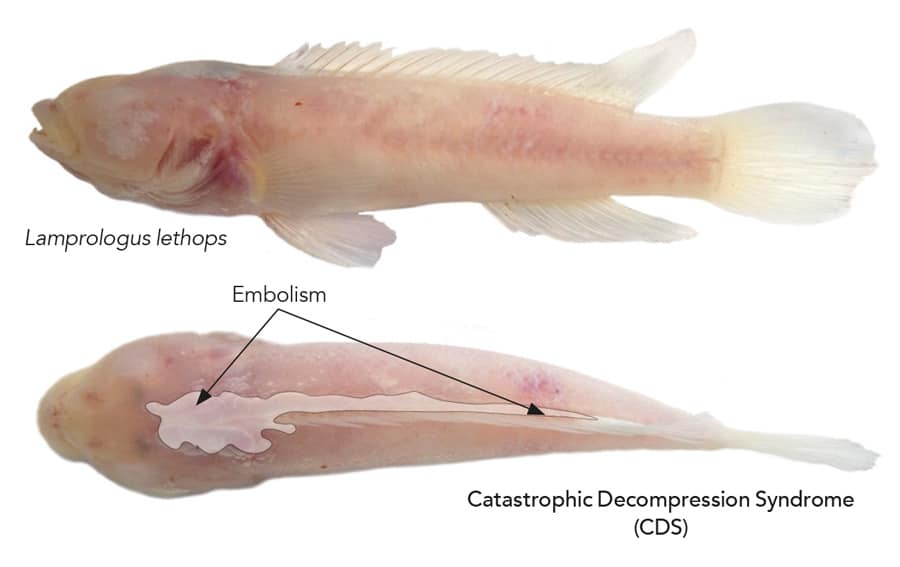
This is exactly how I feel! Thanks for noticing, perceptive Congolese fisherfolk!
I wish I could tell you more about the wonders of the lower Congo, but research into this unique ecosystem has been surprisingly scant. I will keep my eyes open though. I want to know more about those upside-down, polka-dotted, screaming catfish! I also want to write more about catfish of the Gymnallabes family. Finally, I have a feeling there are even weirder fish at the very bottom of the river, we just don’t know about them yet. We will keep our eyes on the Congo. For the world’s second greatest river, we know a lot less than we should.

Happy Earth Day! I am afraid I am a bit under the weather (which seems appropriate, since our beautiful blue planet is catching a fever too). However it is worth devoting some time today to thinking about our planet and the entwined webs of ecosystems which support all living things (very much including human beings).
The great masters of global capitalism claim that the Earth is inexhaustible and made solely for human delights. To hear them tell it, only if ever more people consume ever more consumer rubbish will we all thrive. However that claim always seemed suspect, and the notably swift decline of entire ecosystems within even my lifetime suggests that fundamental aspects of our way of life and our long-term goals need to be rethought. It is a formidable problem because the nations of Earth are facing a near-universal political crisis where authoritarians are flourishing and democracies are faltering. So far, the authoritarians don’t seem substantially concerned with a sustainable future for living things (or with any laudatory goal, really). This trend could get worse in the future as agricultural failures, invasive blights, and extreme weather events cause people to panic and flee to “safe” arms of the dictators (this would be a stupid choice since strongmen, despots, and tyrants are anything but safe in a any context).
These frightening projections of doom are hardly a foregone conclusion though. A great many people of all political and ideological stripes are worried about the future and are working hard to ensure that humankind and all of our beautiful extended family on the tree of life make it into the future. Part of this is going to involve engineering and biomedical breakthroughs, but political and cultural breakthroughs will be needed as well.
I am ill-prepared to write out my proposals at length (since I would really like to lie down with some ginger ale), but fortunately I am a visual artist and I spent the winter of 2018 preparing a dramatic planetary image to capture my own anxiety for the world and its living things without necessarily giving in utterly to my fears and anxieties. I was going to introduce it later, but EarthDay is a good time to give you a sneak peak (plus it goes rather well with my Maundy Thursday blog post).

Here is the Great Flounder–the allegorical embodiment of how Earth life if everywhere under our feet and around us, but we can’t necessarily fathom it easily, because of our scale. Speaking of scale (in multiple ways I guess), I continue to have trouble with WordPress’ image tool, so I am afraid that you will have to make due with this small image until I learn about computers…or until posters get printed up (dangit…why do we have to sell ourselves all of the time?). In the meantime here is a teaser detail to help you in your own contemplation of if/how we can make Earth a paradise for ourselves without destroying it for the other inhabitants.

We will talk more about this soon, but in the meantime happy Earth Day. We will work together to save our giant blue friend, I know it! Let’s just collaborate to do so before we lose African elephants, numbats, mysterious siphonophores, or any of our beloved fellow lifeforms on this spherical island hurtling through space.

Paraloricaria (image from Paul Louis Oudart – Voyage dans l’Amérique méridionale)
Do you remember all of the catfish which used to be on Ferrebeekeeper? There were underground catfish, coral reef catfish, and giant catfish. We even featured Ancient Egyptian catfish and nightmare vampire catfish that crawl inside people! Sigh…happy times. That obsession with catfish was one of the factors which launched this blog. It is extraordinary how many different species of catfish there are and how wildly diverse this one order of lifeforms is. Catfish have extraordinary senses which humans lack entirely. They can be tender and solicitous parents and they are capable of building structures. Ranging in size from nearly microscopic to enormous, the siluriformes are everywhere except for the deep ocean and Antarctica (and, uh, the sky). Yet, due to human myopia, the first thing I get about catfish on Google is some weird internet mumbo-jumbo about pretending to be somebody else online? What???
Anyway, I am trying to freshen up Ferrebeekeeper, and I am going to fold the “catfish” category into a larger “fish” category (if catfish are so inexhaustibly diverse, just imagine how diverse the larger category of fish is!).

For old times sake, though, we are going to feature a few more posts celebrating the diversity of this enormous vertebrate order (1 out of every twenty species of vertebrates is a catfish!). Today we feature a little gallery of the whip slender armored catfish of the Loricariinae subfamily (aka the “whip catfish”). These small armored catfish live throughout Central America and South America East of the Andes and feed on small invertebrates of the substrate.

Rineloricaria sp. (from bluegrassaquatics.com)

Loricaria cataphracta (Compte rendu de l’expédition de Francis de Castelnau en Amérique du sud)

Apistoloricaria condei (by Hippocampus-Bildarchiv)

Aposturisoma myriodon (Image from PlanetCatfish)



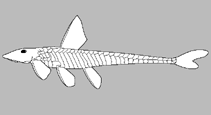
Just look at all of these beauties! It is like wandering through an art show and being continuously surprised at how many stunning variations there are on a single theme.

Here is one of the world’s rarest and strangest fish, the golden cave catfish (Clarias cavernicola) which can be found only one place on Earth, the Algamas/Dragonsbreath cave in the Namib Desert. This incredible cavern is 100 meters (300 feet) beneath the desert and it holds the world’s largest known underground lake (discounting all subglacial lakes—which can be huge). Above ground is an arid desert wasteland, but in cave is a huge lake where unfathomed waters may descend another 100 meters into the Earth. Since only a narrow chasm opens to the sky, the lake has a very limited ecosystem built around whatever falls into this chasm (which was only discovered by science in 1986). These blind ascetic catfish dwell on such scraps and on the white shrimp and strange aquatic worms which live in the water beneath the desert. Though they have lost their eyes, their other senses have become extremely acute in order to find every bug or speck of nutrient which falls into the hidden lake. Additionally, these small (16 cm/6 inch) fish have a limited ability to sip air–so that they can better survive the still and anaerobic depths of their hidden lake. The entire species may only consist of a few hundred (or thousand) individuals.



